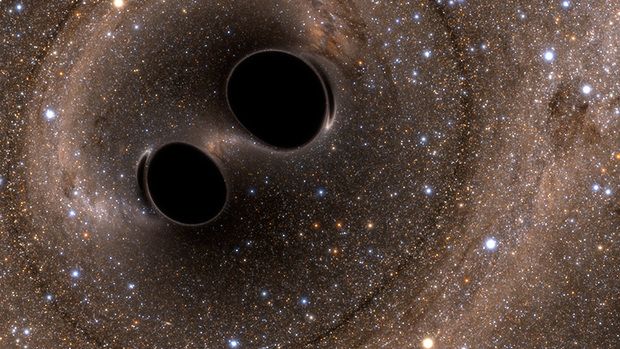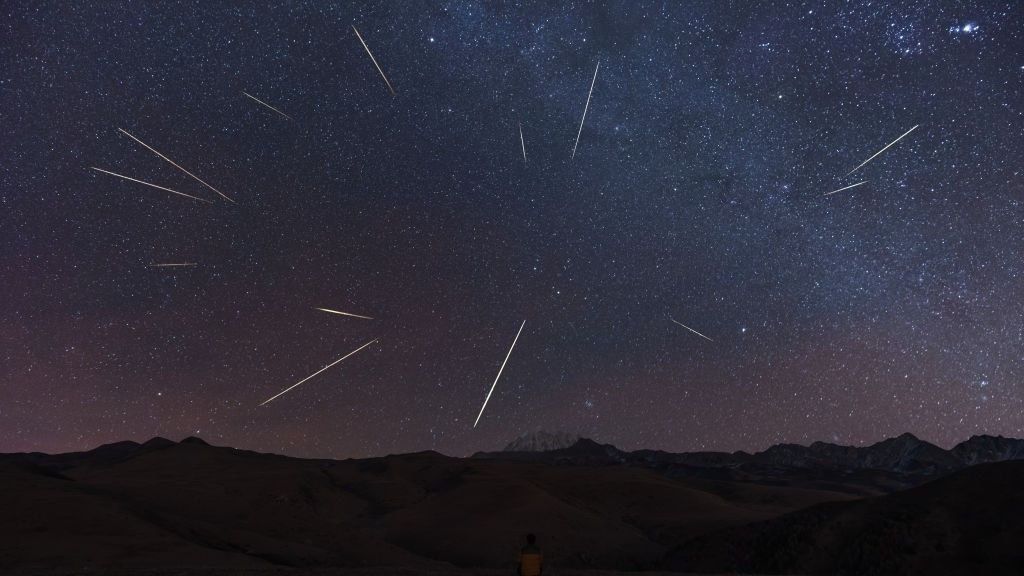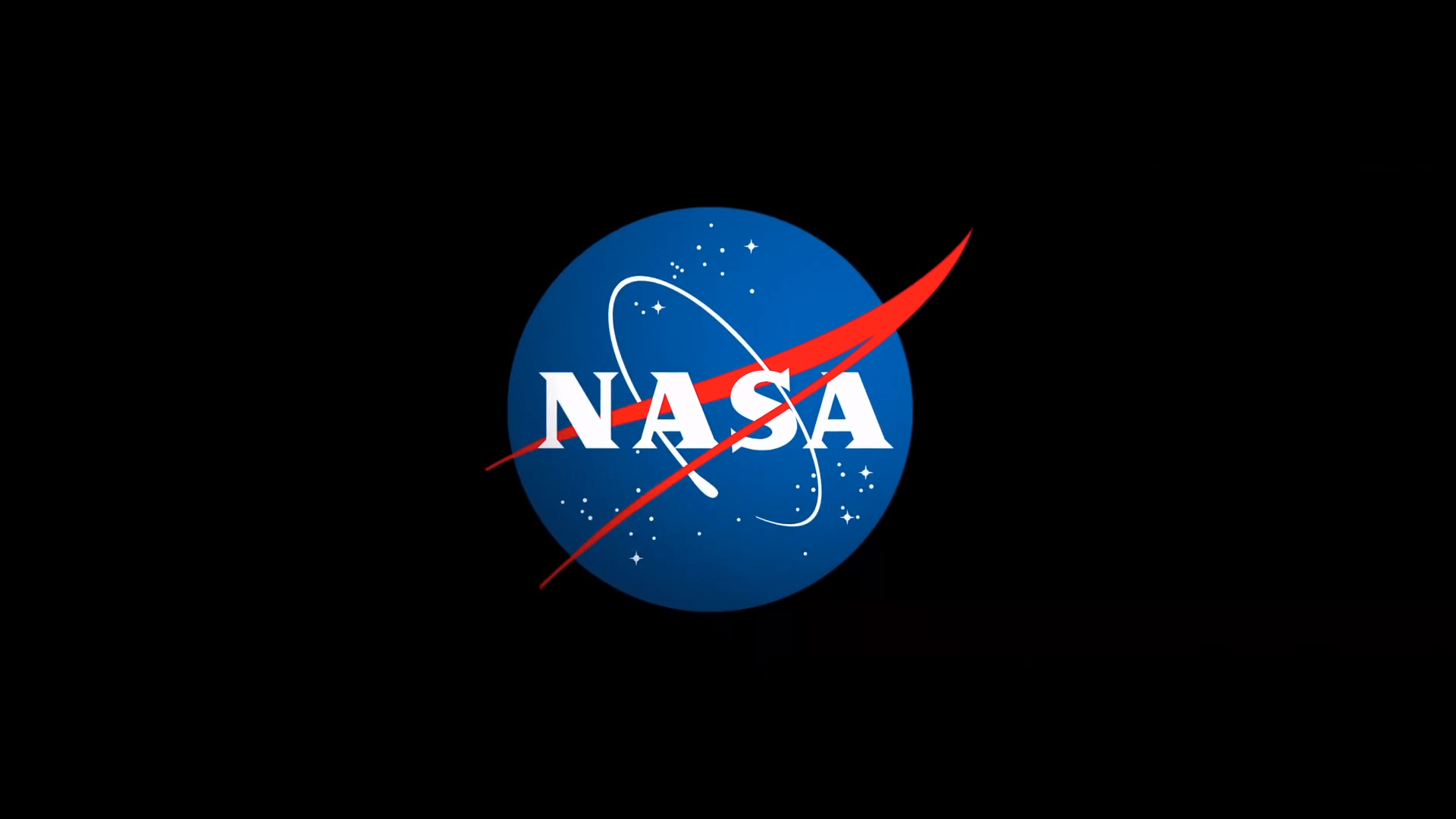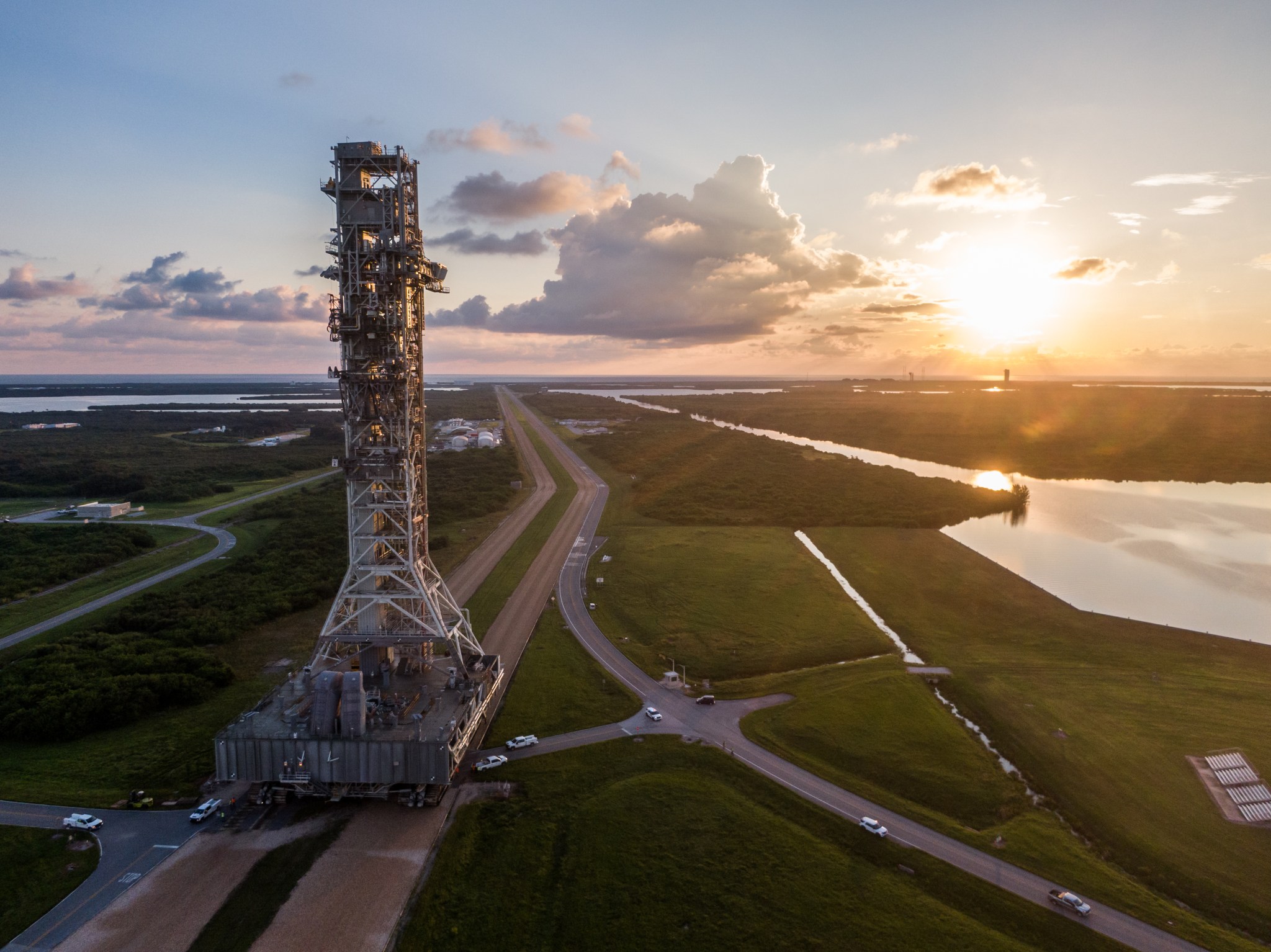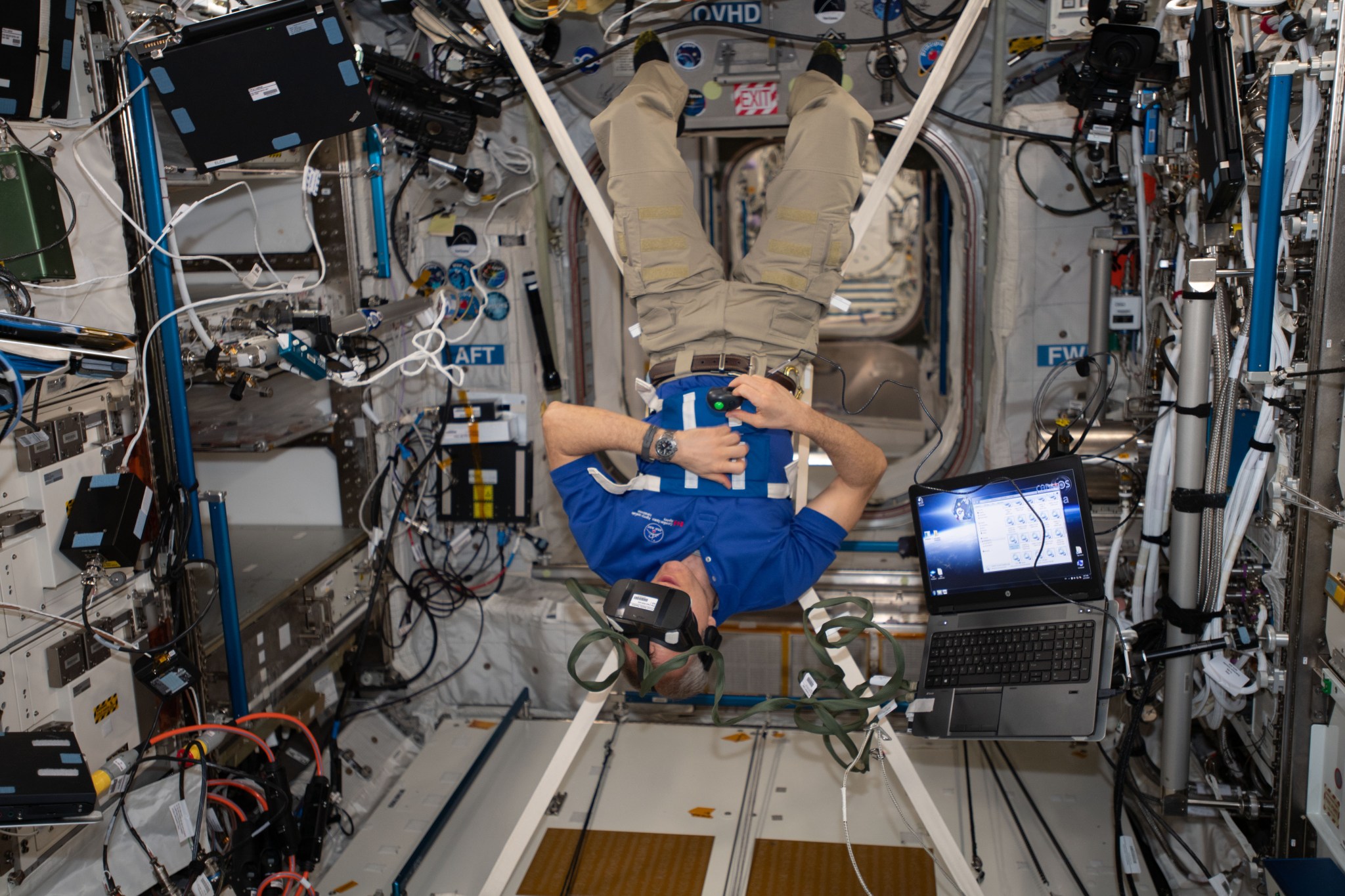Black hole mergers are beautiful — and some of the most violent events in the cosmos. Here’s how the process unfolds. The story begins with two black holes orbiting far from each other in long, lazy circles. They could have been born as a binary pair of stars, or they may have just randomly encountered each other in the depths of interstellar space. Either way, to merge, they must get close, which means losing a lot of orbital energy. The first step in stealing energy from the system is through…
Read MoreDay: October 21, 2024
Matthew McConaughey introduces the monstrous Mara-Yama in creepy new ‘Exodus’ trailer (video)
NEW EXODUS CINEMATIC — ‘The Mara Yama’ Reveal Trailer – YouTube Watch On “Do you know what fear is? The Mara-Yama do.” “Exodus,” Archetype Entertainment’s expansive sci-fi RPG, could be 2025’s most sought-after gaming title. A new cinematic trailer for it, narrated by Matthew McConaughey, was just unleashed this week — and it might be the single most unsettling teaser you’ll see all year. The hideously deformed alien creatures, which were once human beings, in their odd arkship evoke a hellish air of Lovercraftian cosmic dread that viewers will not…
Read MoreMost of Earth’s meteorites may have come from the same 3 spots
Earth is constantly getting pummeled by meteorites. We are unaware of most of them, as they burn up in our atmosphere before they hit the ground. Every now and again, though, something larger gets drawn into Earth’s gravitational field — and when this happens, it usually spells bad news for any life living on our planet’s surface. Scientists know that the vast majority of meteorites that come crashing down to Earth originate from the solar system‘s main asteroid belt: a region between Mars and Jupiter where irregularly shaped rocks left…
Read MoreNASA Invites Media to Chile Artemis Accords Signing Ceremony
NASA logo Chile will sign the Artemis Accords during a ceremony at 3 p.m. EDT on Friday, Oct. 25, at NASA’s Headquarters in Washington. NASA Administrator Bill Nelson will host Aisén Etcheverry, Chile’s minister of science, technology, knowledge and innovation, and Juan Gabriel Valdés, ambassador of Chile to the United States, along with other officials from Chile and the U.S. Department of State. This event is in-person only. U.S. media and U.S. citizens representing international media organizations interested in attending must RSVP no later than 5 p.m. on Thursday, Oct. 24,…
Read MoreOn the Road Again…
NASA/Jamie Peer In this image from Oct. 3, 2024, NASA’s mobile launcher 1 makes its way back to the Vehicle Assembly Building at NASA’s Kennedy Space Center in Florida, after undergoing upgrades and tests in preparation for the agency’s Artemis II mission. Artemis II is the first crewed mission on NASA’s path to establishing a long-term presence at the Moon for science and exploration through Artemis. Artemis II will send four astronauts around the Moon, testing NASA’s foundational human deep space exploration capabilities, the SLS rocket, and Orion spacecraft. Image credit: NASA/Jamie…
Read MoreStation Science Top News: Oct. 18, 2024
Microgravity had no immediate effect on a person’s ability to perceive the height of an object, indicating that astronauts can safely perform tasks that rely on accurate and precise height judgments soon after arrival in space. We use the height and width of objects around us to complete tasks such as reaching for objects and deciding whether we can fit through an opening. VECTION, an investigation from the Canadian Space Agency, examined the effect of microgravity on an astronaut’s visual perception and how that ability may adapt during flight or upon return to…
Read More